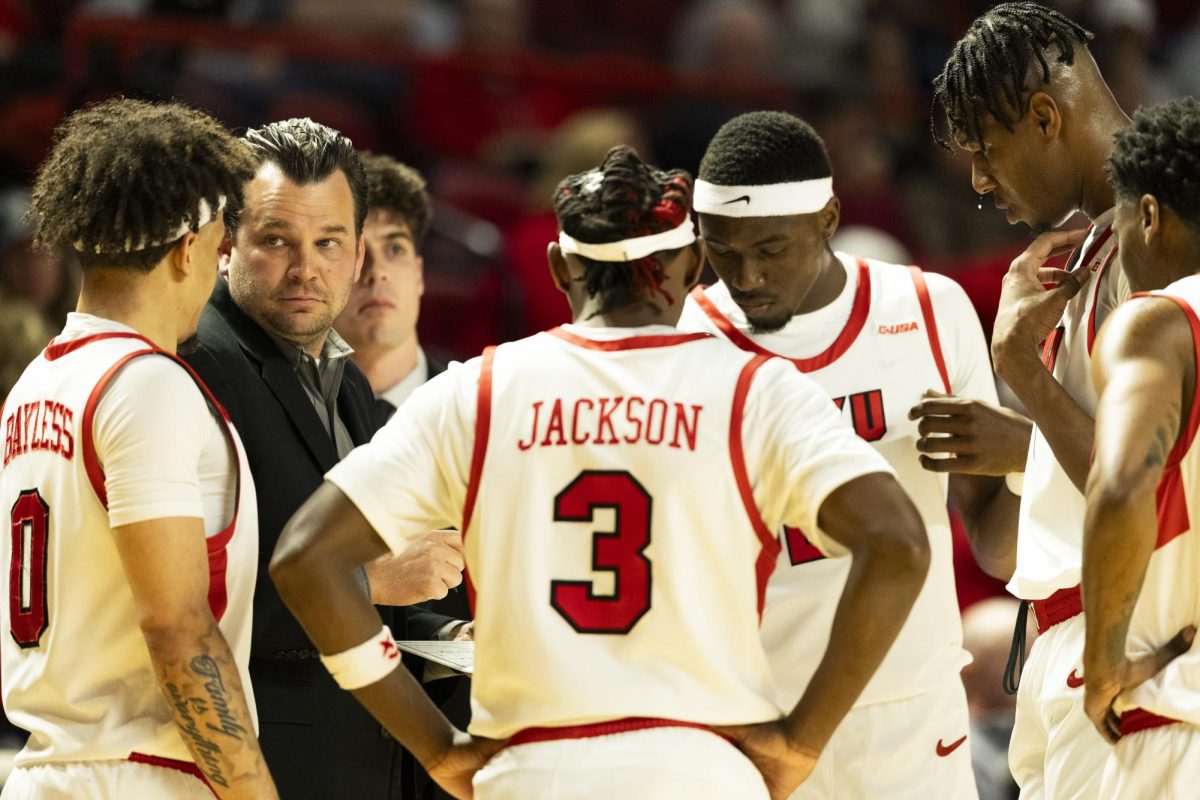Kentucky historic site commemorates Shaker way of life
November 29, 2016
Starting at a busy highway, a medium-sized beige sign with dark green lettering points down a long rural concrete road. Following the road are long farming fields separated by neat picket fences.
At the end of the road is a four-way stop. One road leads to a visitor’s center, one leads to the Shaker Tavern, one leads to more farm land and one leads back to the highway.
These four ways mark the South Union Shaker Village in Auburn.
The word Shaker derives from a religious group called the United Society of Believers in Christ’s Second Appearing. This United Society is a Christian group founded in 18th century England due to the religious restoration movement that sprung up in England and in America.
The United Society believes they should live simply through the help of God, which includes being celibate and helping those that are around them. They were initially called the “Shaking Quakers” due to their ecstatic behavior during worship services, so the United Society decided to adopt the name Shaker.
The Shakers’ main purpose in their lifestyle was to live communally and treat everyone equally.
“It was a place where people came to try to be close to God,” Tommy Hines, director of South Union Shaker Village, said. “It was a religious community, a communal religious community where everyone owned everything and where they decided celibacy was the best way to rid yourself of any moral responsibility, so that was their choice. You didn’t have to stay here. You could join and stay for a little while or you could stay for your life. It was always up to the individual and what they wanted to do.”
To the left of the four-way stop at South Union is the visitor’s center, a brick building styled like the Shaker buildings that are still standing. Turning right leads to the Center House, a five-story dormitory-style brick house that showcases what it would be like to live during the time of the Shakers.
“The Center Family Dwelling [Center House] is more or less the hallmark of the village itself,” said David Toczko, an author and photographer of South Union Shaker Village, said. “They are, I think, the only ones who really employed arches in their architecture. Most of the Shaker buildings kind of incorporated the square type of windows or doorways, but the arch seems to be kind of a hallmark of South Union. The whole idea behind the architecture was to let as much light in as possible.”
In the Center House, among the many bedrooms are a school room, a nurse’s station, multiple retiring rooms for those with leisure time, a room for making clothes and many other rooms where the Shakers could make whatever they needed to live. Like the other dormitories, the Center House was split down the middle with women living on one side of the house and the men living on the other side. Though the men and women could work together, they were expected to spend the rest of their time apart from one another.
While leading a group touring South Union, Rebekah Brummett, curator of community engagement at South Union, said the Shakers had people of many different races stay at the village, even African Americans during the slave era who would be treated poorly outside of the community.
A previous owner of the property destroyed many of the original Shaker buildings for his own buildings, leaving a handful of buildings left like the Center House, the Wash House and Shaker Tavern.
“When they closed in 1922, there really wasn’t a sense of history or anything,” Toczko said. “The gentleman who bought the majority of the property really didn’t treat it very well or with any kind of respect. He tore down the meeting house to build his own house and then didn’t particularly care for the view out of his back door of the cemetery. They removed the headstones, ground them up and used them to line the fields. That was probably the saddest part of the history of South Union.”
South Union plans to continue refurbishing the village and buying more of the original South Union property. To this day, South Union continues to receive original Shaker furniture and materials that are eventually put on display in the museum.
“We have your average daily visitors who come who don’t know who the Shakers are or have any idea of what they are coming to see but then we also have a lot of historians, a lot of students or researchers who come to look at our library or come to study the buildings or come to study the textiles,” Hines said. “Some people like to study the furniture. There is kind of something there for everybody if you like the historic field if you like 19th century material culture. We kind of cover all of those bases.”
Reporter Elisabeth Moore can be reached at 270-745-6288 and elisabeth.moore938@topper.wku.edu. Follow her on Twitter at @emoore938.













